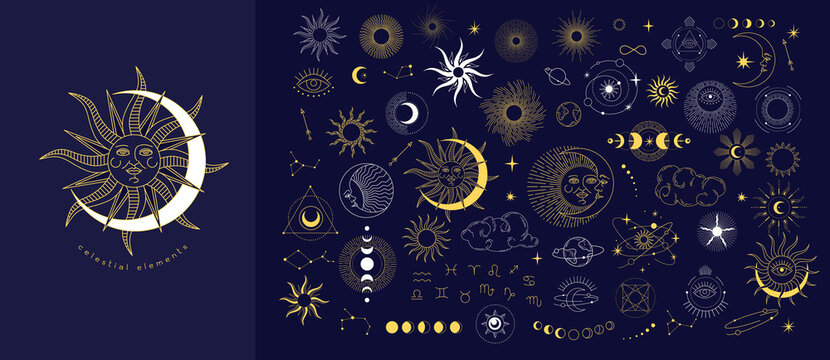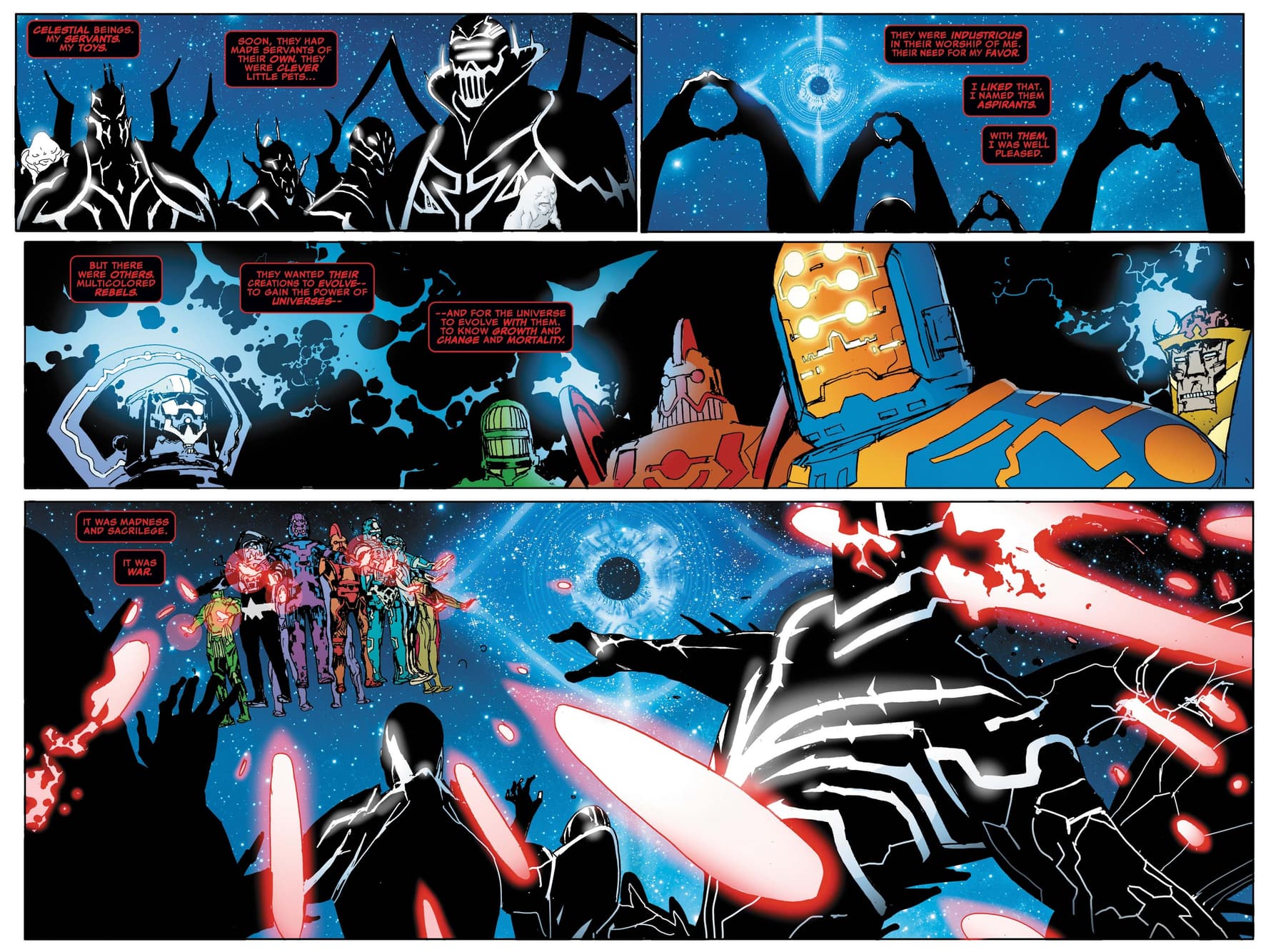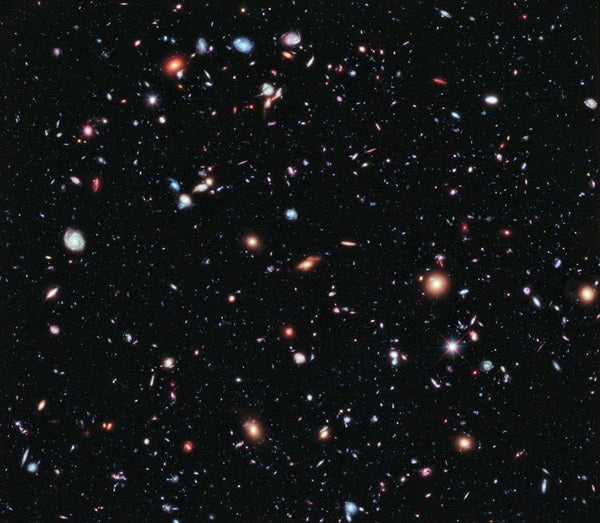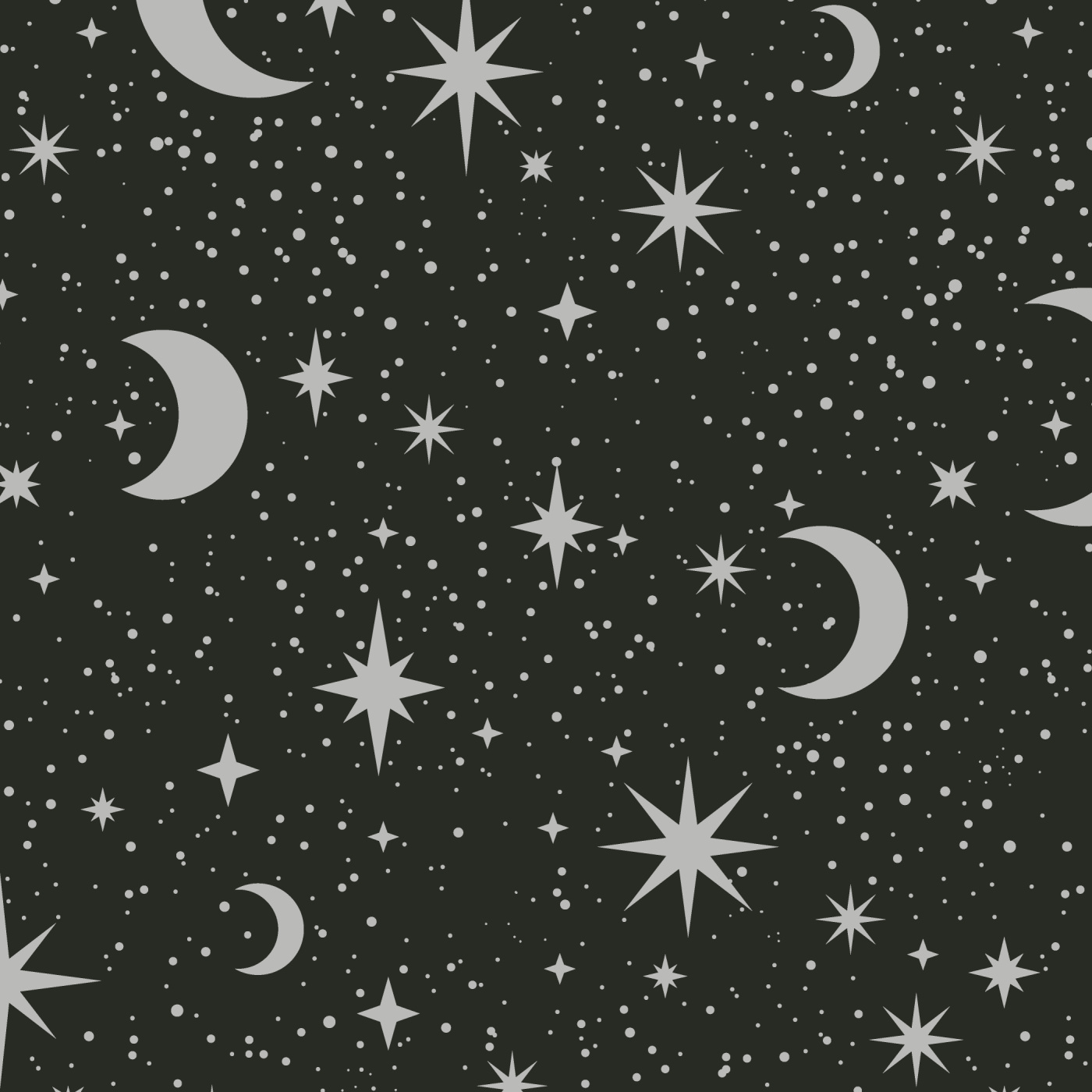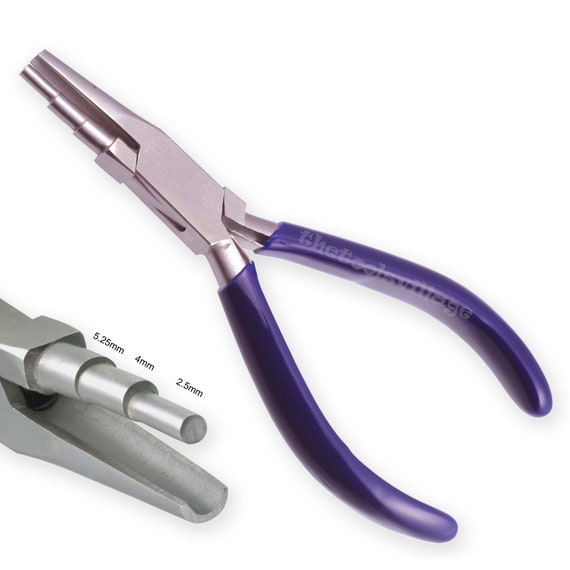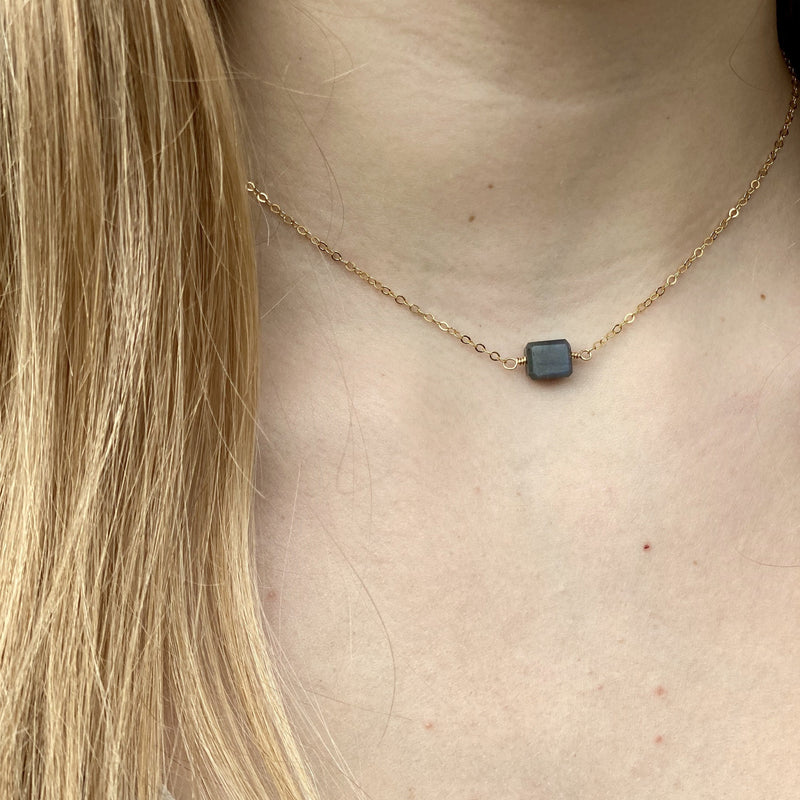Chapter 2: Reference Systems - NASA Science
By A Mystery Man Writer
Description
Page One | Page Two | Page Three The Equinoxes The equinoxes are times at which the center of the Sun is directly above the equator, marking the beginning of spring and autumn. The day and night would be of equal length at that time, if the Sun were a point and not a disc, […]
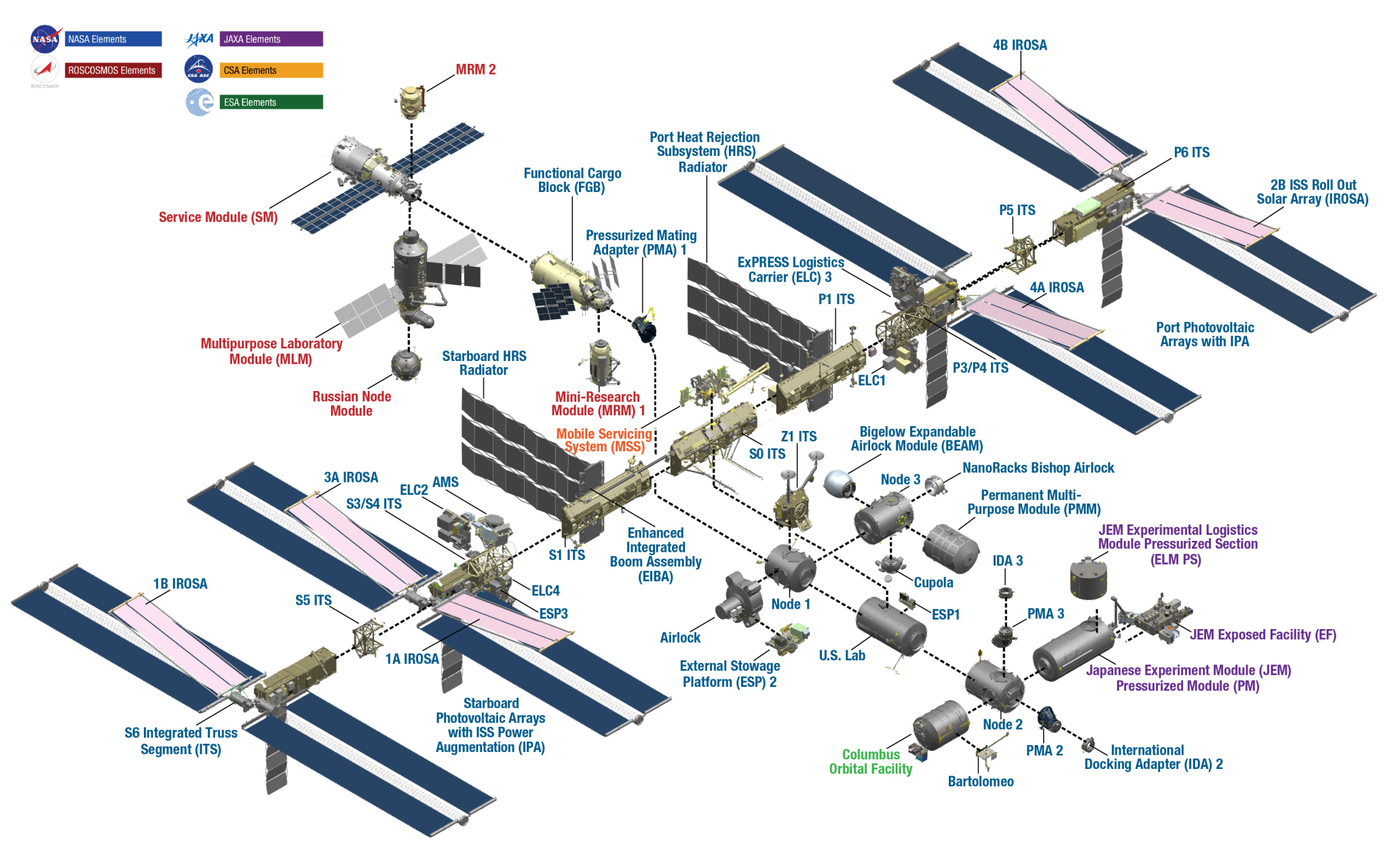
International Space Station Facts and Figures - NASA
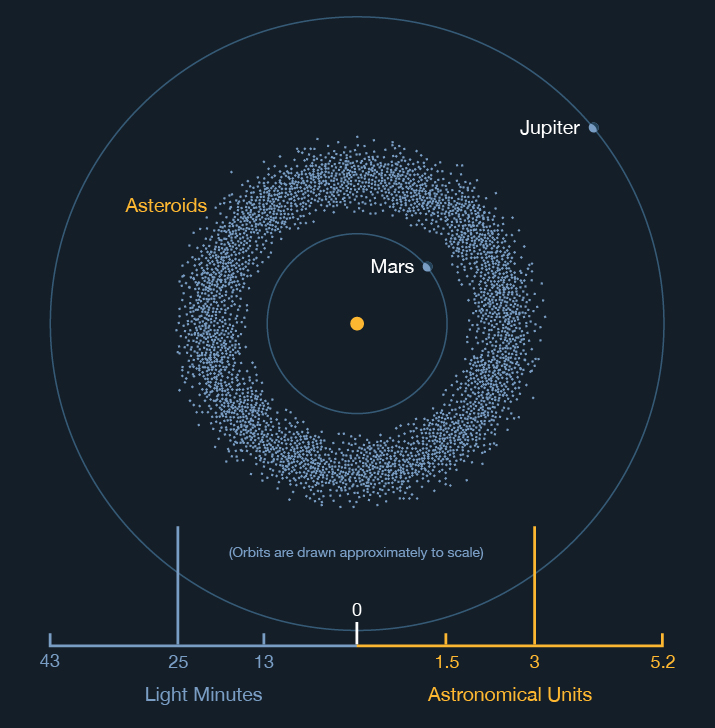
Chapter 1: The Solar System - NASA Science
Can either Earth-like or Neptune-like moons orbit Jupiter-like planets? - Quora
What would happen if Io (moon of Jupiter) smashed into Mars? - Quora
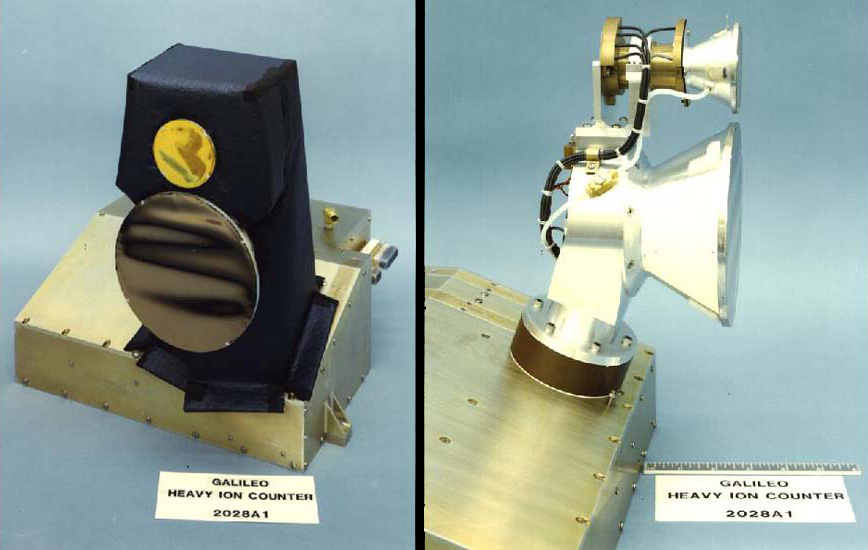
Chapter 12: Science Instruments - NASA Science
Are there any moons orbiting in between Mars and Jupiter? If not, why not? - Quora
If Jupiter has 66 moons, why haven't any of them collided with each other? If they have, what is the likelihood that they will collide. - Quora
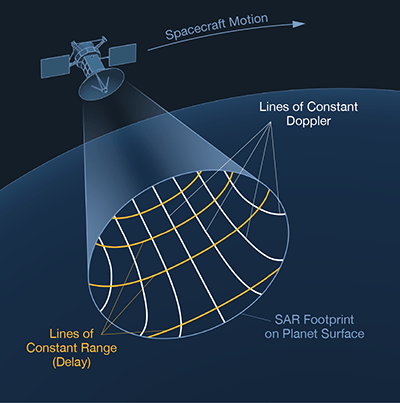
Chapter 12: Science Instruments - NASA Science

Why do Jupiter and Saturn have more satellites (moons) than the Sun has (planets)? - Quora
If Jupiter is a gas giant as I and others have been taught, where does the gravity come from that keeps Jupiter and the moons orbiting together? - Quora
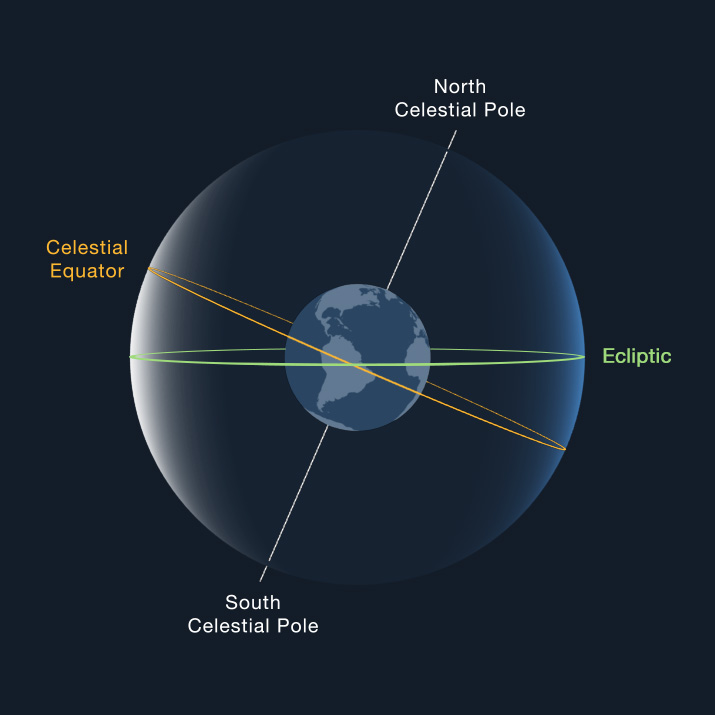
Chapter 2: Reference Systems - NASA Science
from
per adult (price varies by group size)
